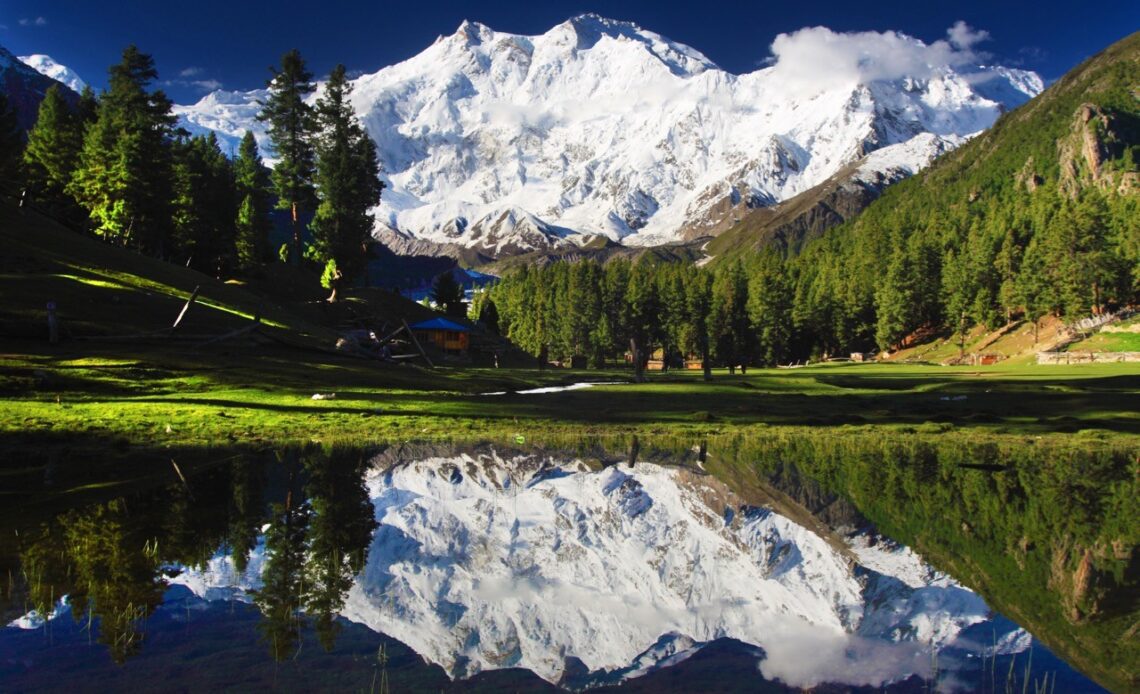We take a look at the most dangerous mountains in the world and what it is that makes them so deadly
Whether it’s the tales of survival that bleed from their treacherous slopes or the visions of bravery mustered in the mind, the most dangerous mountains in the world continue to make headlines around the globe.
These mountains hold a morbid fascination for mountaineers, climbing enthusiasts and news junkies alike. I am no different. My bookshelves, Kindle and movie collection are filled with mountaineering books and movies and the tragic tales they chronicle.
It’s this fascination that has led me to examine the most dangerous mountains in the world and what it is that makes them deadly.
Most dangerous mountains in the world
There has been no single empirical study into the most dangerous mountains in the world. As such, I have relied on a combination of statistics and wider reputation. The list is therefore subjective by nature but offers a reliable cross-section of the most dangerous mountains in the world.
These are not necessarily the highest, the most technical or the most remote. Sometimes, it’s just the opposite: convenience, carelessness and overcrowding can lead to higher death rates on lower and less technical summits.
From mighty eight-thousanders to lesser-known hills, the most dangerous mountains in the world come in all shapes and sizes. Sometimes, it’s the weather conditions, be they avalanches, high winds or surprise storms that really make a mountain treacherous.
1. Nanga Parbat
Elevation: 8,126m (26,660ft)
Location: Pakistan
Range: Himalaya
Beguilingly encompassed by idyllic forests and glacial lakes, the deadly mountain rises with tremendous vertical relief from the serene terrain around it. But don’t let this mountain’s beauty fool you: Nanga Parbat is a notoriously difficult climb and was once known as the ‘killer mountain’. Before 1990, Nanga Parbat had an astonishing death rate of 77% meaning summiteers were more likely to die than survive!
The mortality rate has since fallen, but it is still considered the third most dangerous 8,000m peak after Annapurna and K2. It wasn’t until 2016 that Nanga Parbat was climbed in winter but the mountain continues to regularly claim lives including those of Italian Daniele Nardi and Briton Tom Ballard in 2019. Ballard was the son of Alison Hargreaves, who died descending…
Click Here to Read the Full Original Article at Atlas & Boots…
